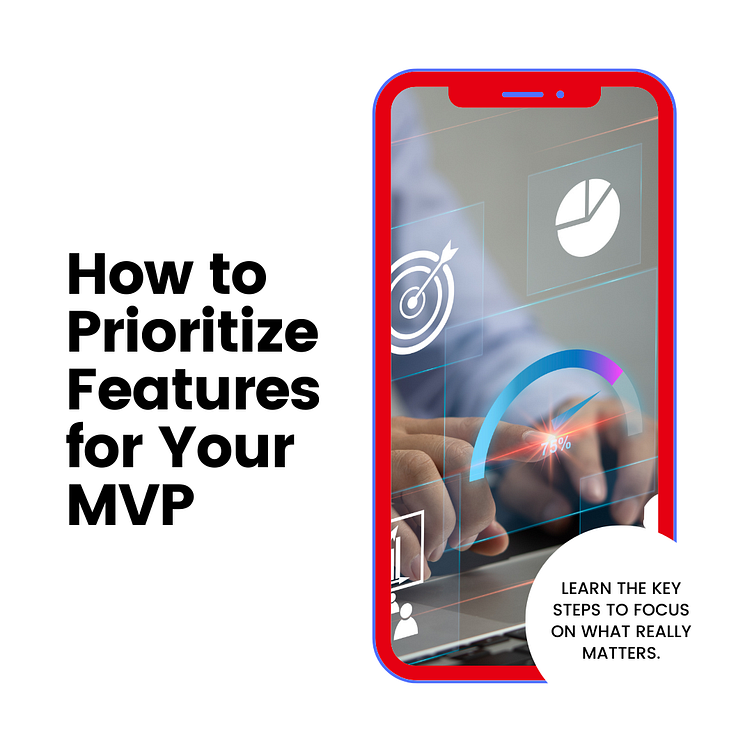How to Prioritize Features for Your Minimum Viable Product (MVP)
Introduction: Creating a successful Minimum Viable Product (MVP) is a crucial step for startups and businesses looking to test their ideas in the market with minimal resources. However, deciding which features to include in your MVP can be a challenging task. In this post, we'll explore effective strategies to prioritize features for your MVP, ensuring you deliver a product that meets the essential needs of your target audience.
Identify Core User Needs: Start by understanding the primary needs of your target users. What problem does your product solve? By identifying the core pain points, you can prioritize features that directly address these issues, making your MVP more appealing and valuable to users.
Define Key Functionalities: Outline the key functionalities that are indispensable for your product to function. These functionalities should align with your product's core purpose. Avoid feature creep by focusing on the essential features that distinguish your product from others in the market.
Market Research: Conduct thorough market research to identify industry trends and customer preferences. Analyze competitors and gather insights into what features are most valued by users. This information will help you prioritize features that align with market expectations and set your product apart.
Prioritize Based on Impact and Effort: Use the Eisenhower Box or a similar prioritization matrix to evaluate features based on their impact and development effort. Features with high impact and low effort should be prioritized first, allowing you to deliver value quickly. Conversely, features with low impact and high effort may be deprioritized or reconsidered for future releases.
User Feedback and Iteration: Engage with potential users early in the development process. Gather feedback through surveys, interviews, or prototypes to understand their preferences. Incorporate this feedback into your feature prioritization, ensuring that the MVP aligns with real user needs and expectations.
Create a Feature Roadmap: Develop a feature roadmap that outlines the planned releases beyond the MVP. This roadmap helps you visualize how additional features will be introduced over time, allowing you to communicate your product's evolution to stakeholders and users.
Focus on the "Must-Haves": Prioritize features that are must-haves for the core functionality of your product. Avoid the temptation to include nice-to-have features in the initial release, as this can delay the launch and increase development costs.
Keep It Simple: Embrace simplicity in your MVP. A streamlined product not only reduces development time but also makes it easier for users to understand and adopt. Complexity can be added in subsequent iterations based on user feedback and evolving needs.
Conclusion: Prioritizing features for your Minimum Viable Product is a critical aspect of product development. By understanding user needs, conducting market research, and focusing on essential functionalities, you can create an MVP that resonates with your target audience. Additionally, gathering user feedback and iteratively improving your product ensures that subsequent releases are well-informed and aligned with user expectations. Remember, the key is to strike a balance between delivering value quickly and laying the foundation for future growth.
